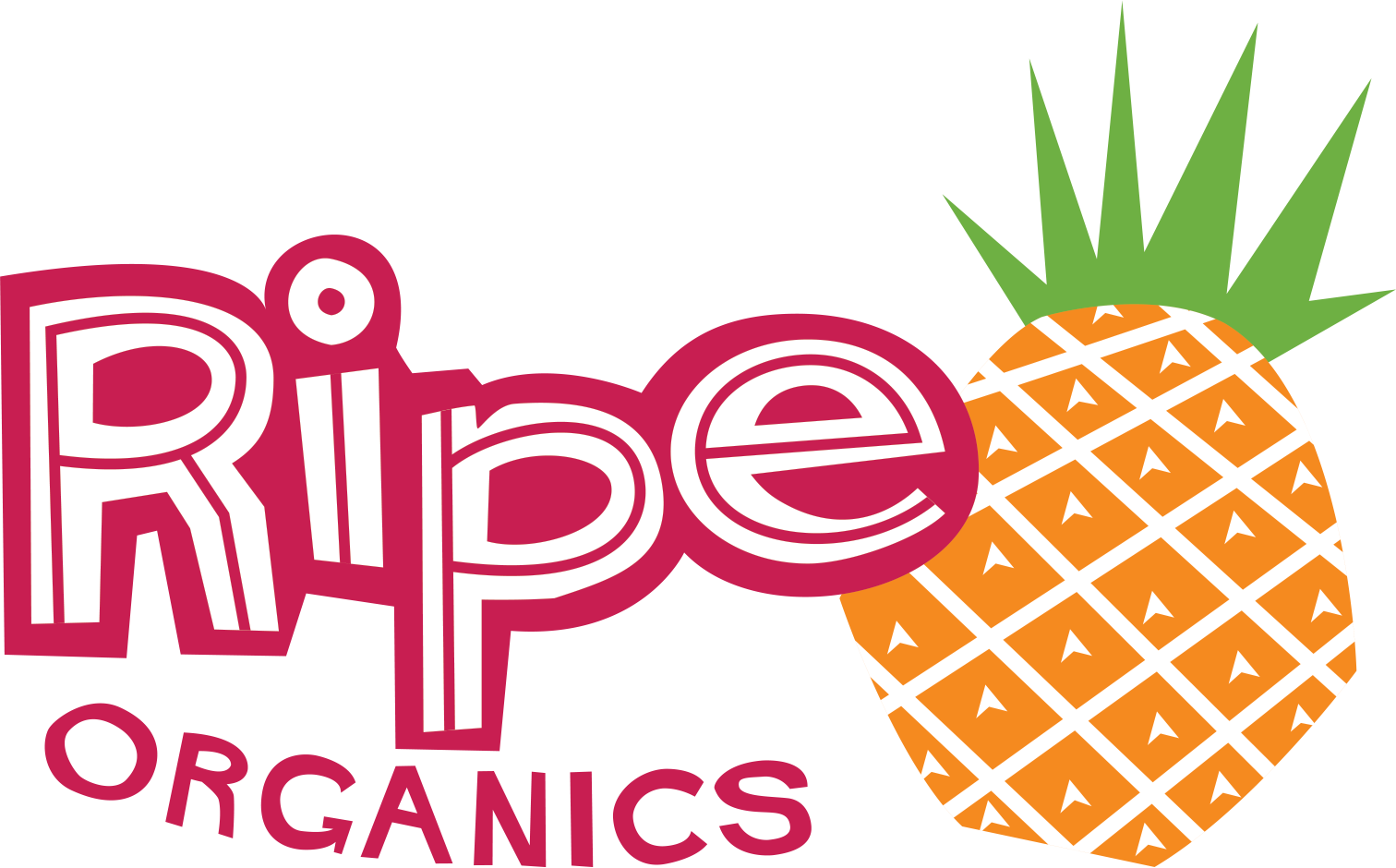Organic Products
Organic Fruit And Vegetables
We’ll be listing more fruit and veg as it comes into season, with tips on how to choose, how to cook, eat, and store your produce, as well as some interesting facts and information about where and how things are grown and harvested. At Ripe, we sell Certified Organic or Biodynamic fruit and Vegetables. You can learn more about Organic and Biodynamic farming on our What is Organic? page.
Apples
Artichokes
Asparagus
Broccoli
Brussels Sprout
Carrots
Cauliflower
Celeriac
Daikon
Garlic
Ginger
Cucumber
Kiwi Fruits
Leek
Lemonade
Pears
Potatos
Quince
Rockmelon
Grains And Legumes
When cooking legumes or grains at home, please ensure that they are soaked, preferably overnight but whatever time can be spared. Your digestive system will be thankful. Besides the absorption of nutrients broadening, the fibre content will also be enhanced. Discard the soak water and cook in fresh water. Grains are known as starches and legumes are known as proteins even though both contain protein. They pair together to make a ‘whole protein’. Grains and legumes are acid forming foods, so eat them with lots of alkaline foods (all vegetables). It is also a good idea to cook with stock to add to their quality. The stock can be as simple as a piece of kombu.

